
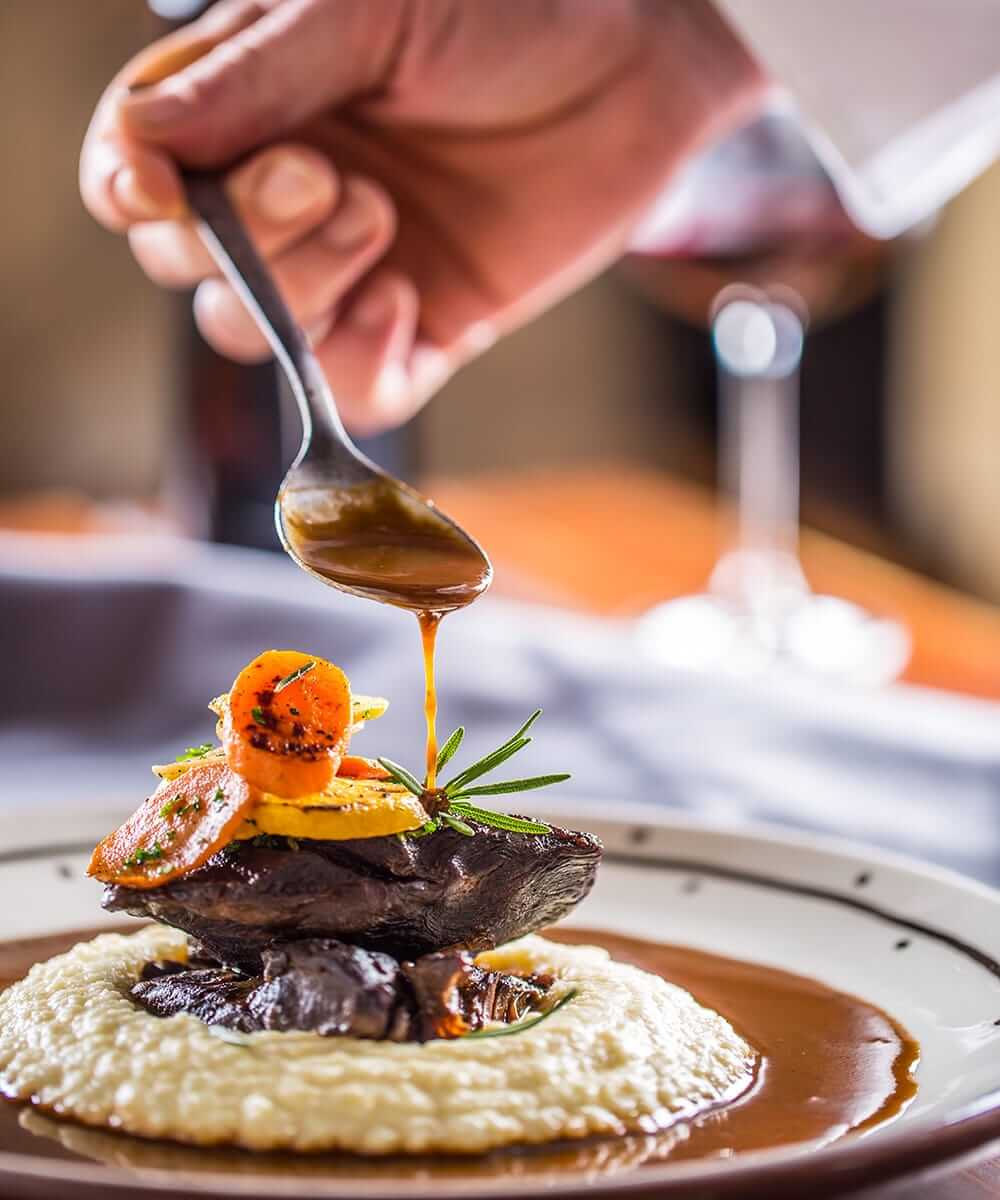
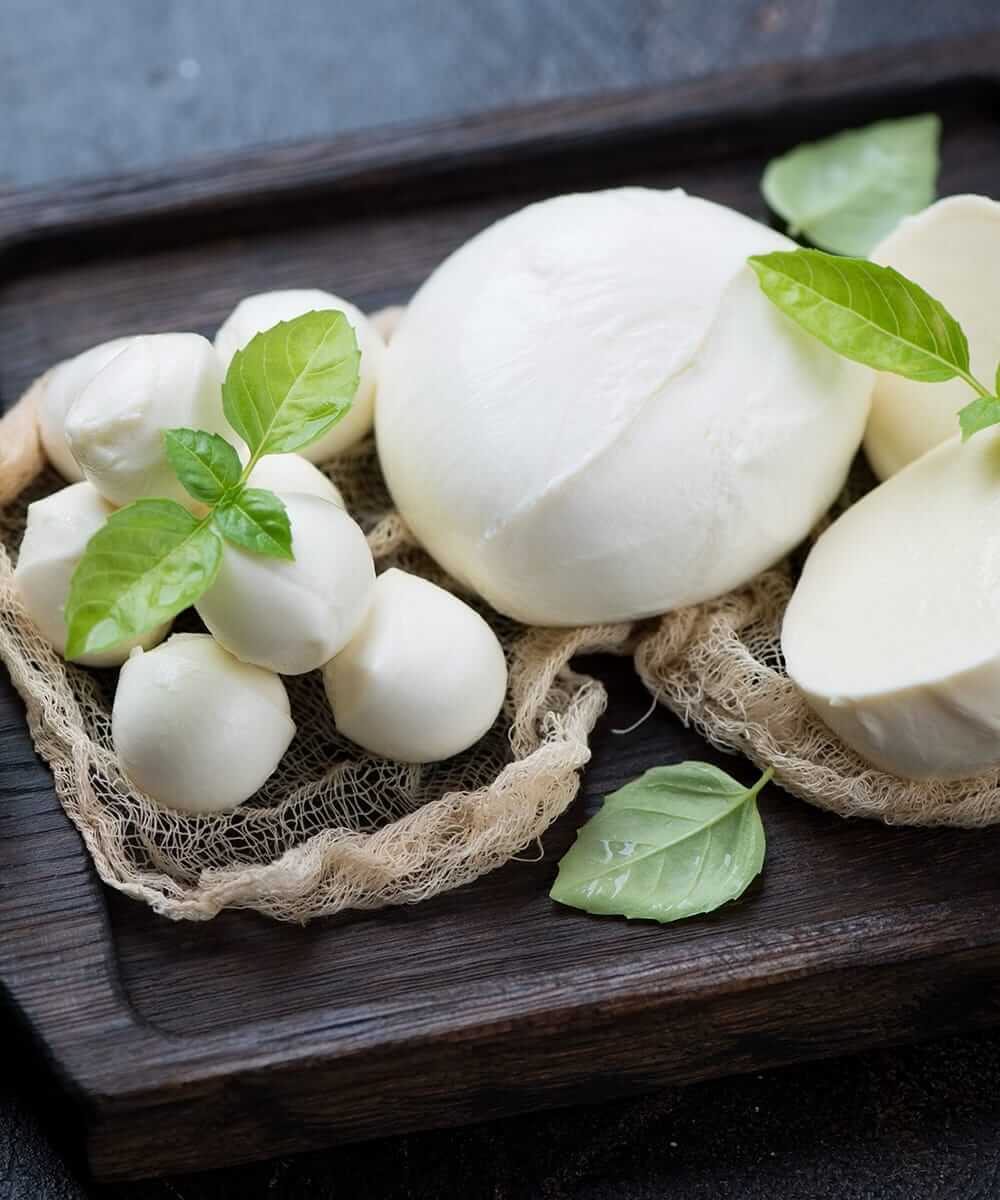
About us
We export the best Italian products worldwide
Ilif Food - we are distributors of high-quality food products for importers/traders, restaurant and pizzeria chains, hotels, food manufacturers, and airline catering units.
Based in northern Italy, we have over 30 years of experience in international trade. We work hard to understand your business needs and local market requirements. We offer high-quality products at competitive prices, reliable service, and complete documentation, shipping, and translation service.
About us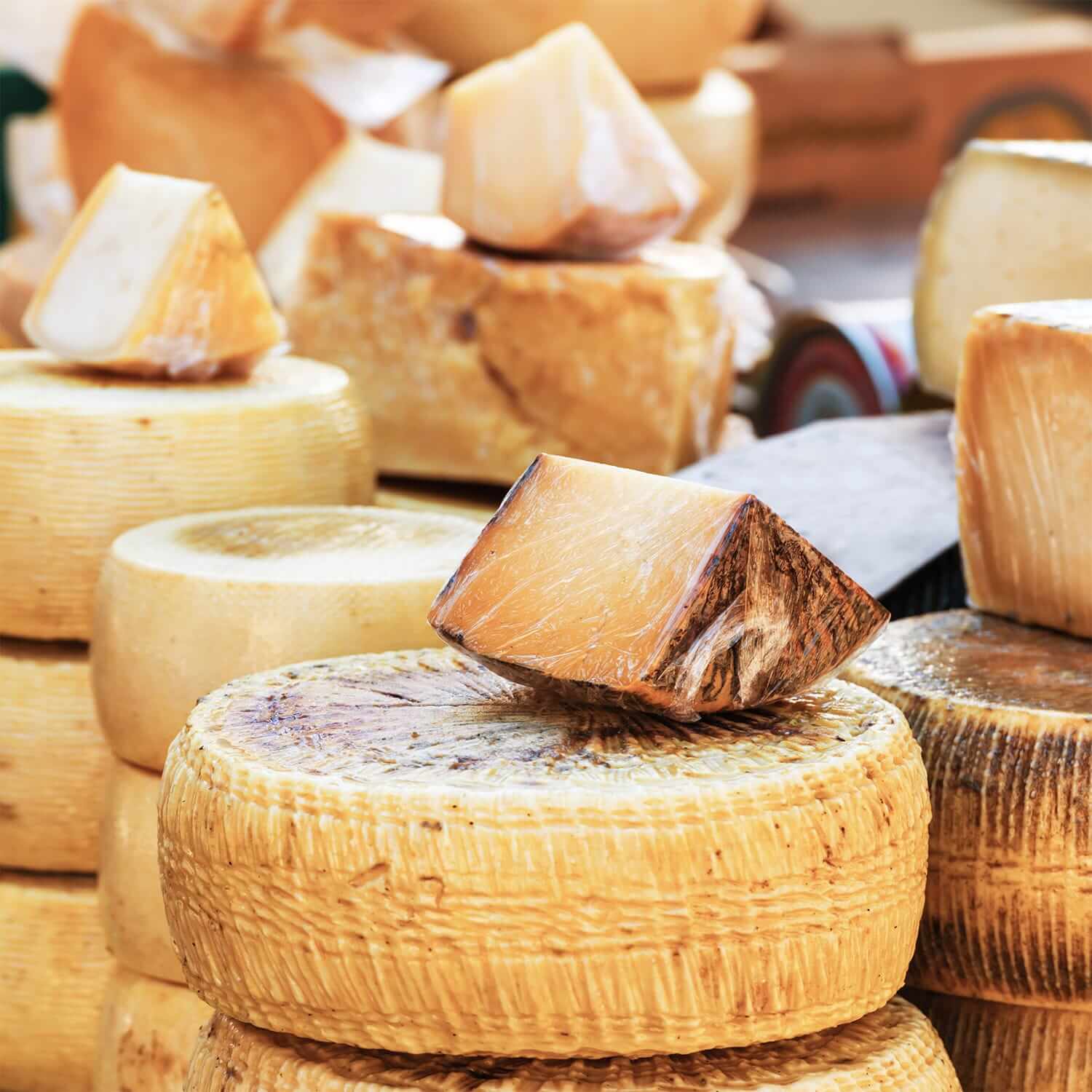

More than 800 products
Product Catalog
Please look at our extensive product catalog resulting from years of experience and close cooperation with the best Italian manufacturers.
Ambient
Our most comprehensive product range consists of more than 500 lines.
Chilled
We offer our customers a diverse and exciting range of chilled products.
Frozen/IQF
We sell most of our "center of the plate" items in our frozen product range.
Italian Food Exporter
Our Services
We know the importance of services in exporting and importing products worldwide, so we have a dedicated and efficient theme to support all business stages.

Transport & Logistics
We organize and plan the transport worldwide, from our warehouses, according to your requirements, groupage, controlled temperature, or environment, monitoring a successful delivery.

Documentation
Comprehensive documentation service for export/import of all our products, from cargo documents to sanitary, phytosanitary, and production certifications such as BRC or IFS.
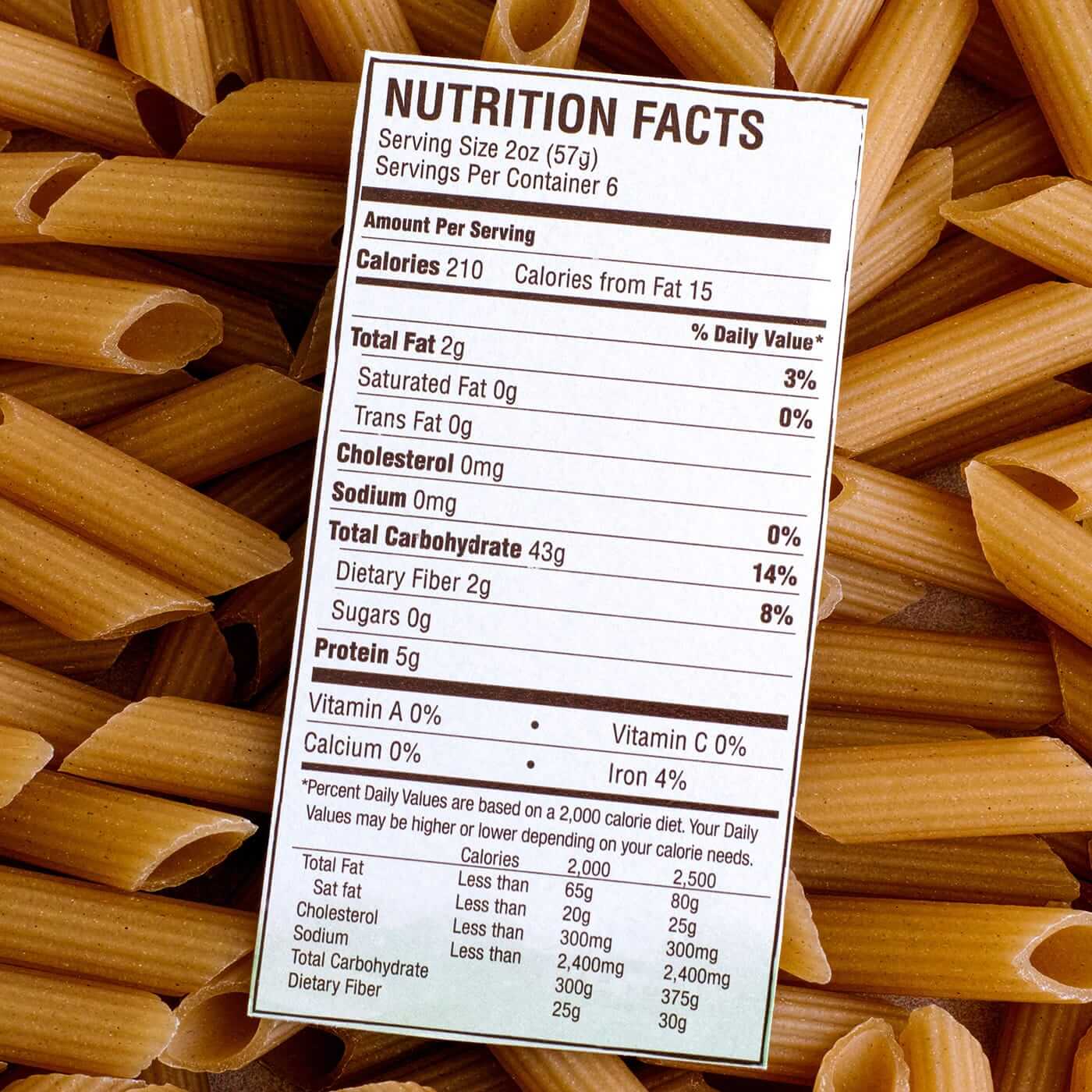
Labeling & Translation
Use this text to share information about your brand with your customers. Describe a product, share announcements or welcome customers to your store.
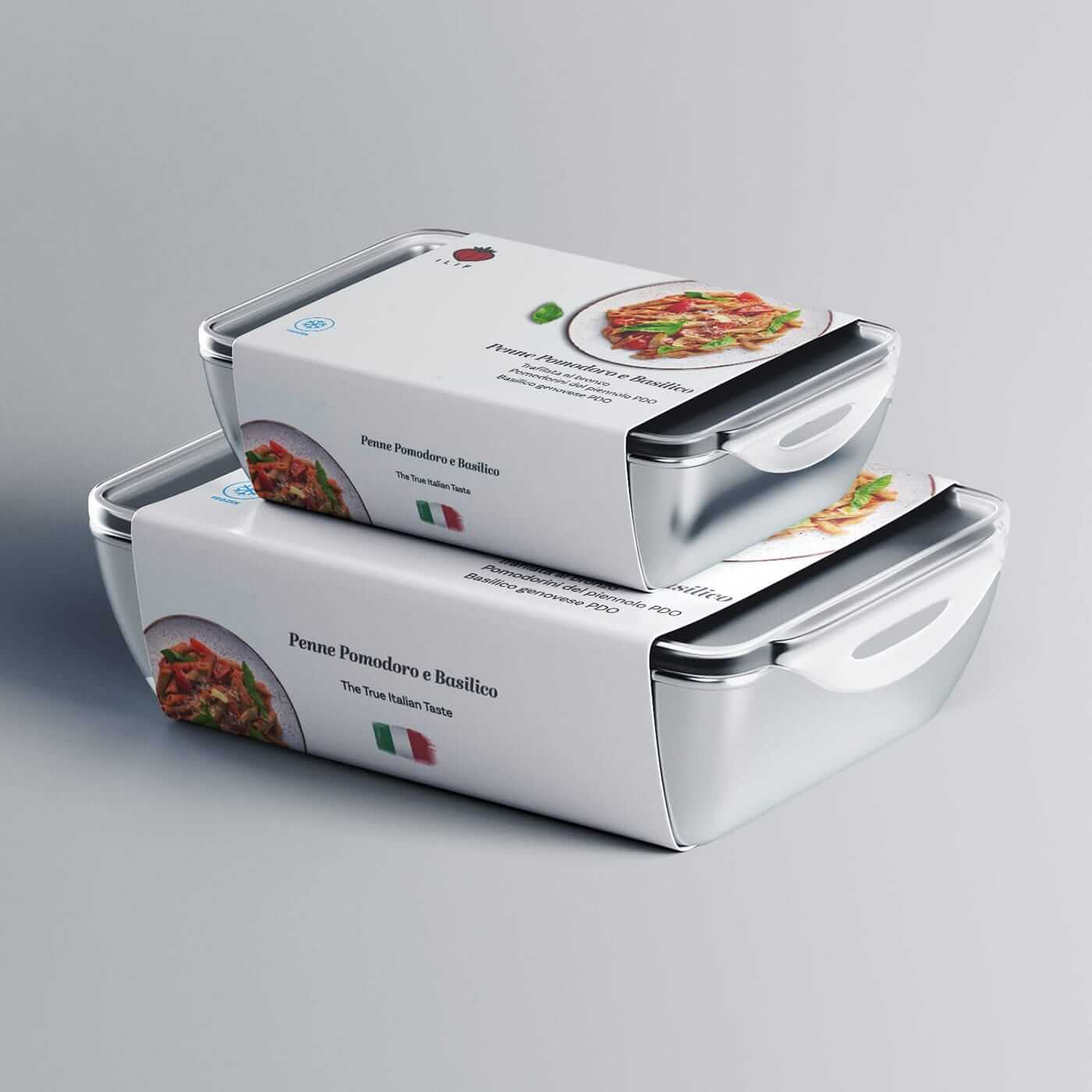
Private Label
Our experience and production excellence are at the disposal of large-scale retail trade brokers, small importers, and the entire food industry to create an offer of own-brand products.

Assistance
With a dedicated team, our service Team supports you in all stages of business, from inquiry to product delivery, facilitating your business and simplifying the import of our products.


Join our family
How to become a customer?
We work with people, clients, and producers with whom we share choices, values, and goals to build a path of excellence.
As a new customer of Ilif, you will have access to a price list, customized quotations, advice and support on products and orders, and our excellent service.
CustomerNews

The Italian Export of Frozen Pizza continues to grow
Whether it's round, in a pan, alla pala, Neapolitan, Roman, white or red, with traditional, vegan, or gluten-free dough, and you name it, pizza is always synonymous with celebration. The Pizza is t...
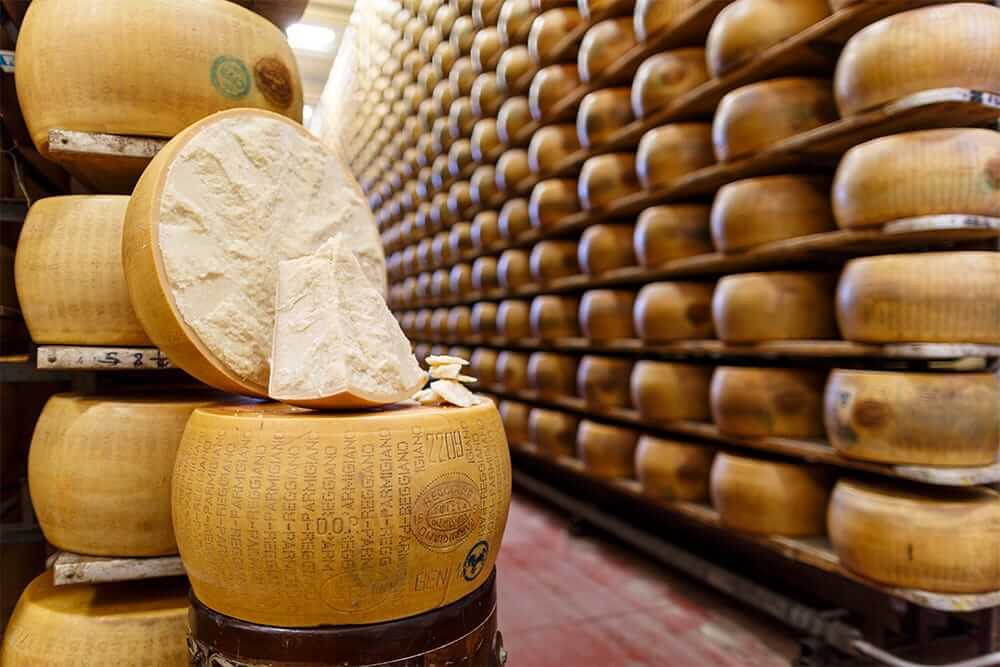
Italian cheeses on top of the world, TasteAtlas 2023 ranking
In the list compiled by TasteAtlas of 40 foods and wines to taste in 2023, the top four products in the dairy category are Italian PDOs and PGIs.

Italian agribusiness export breaks through 60 billion
In five years, the amount of products sold abroad has remained the same but the revenue collected has jumped 28 percent: the reasons behind this difference.

